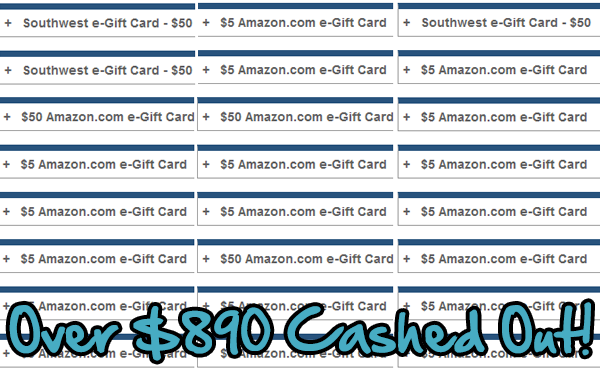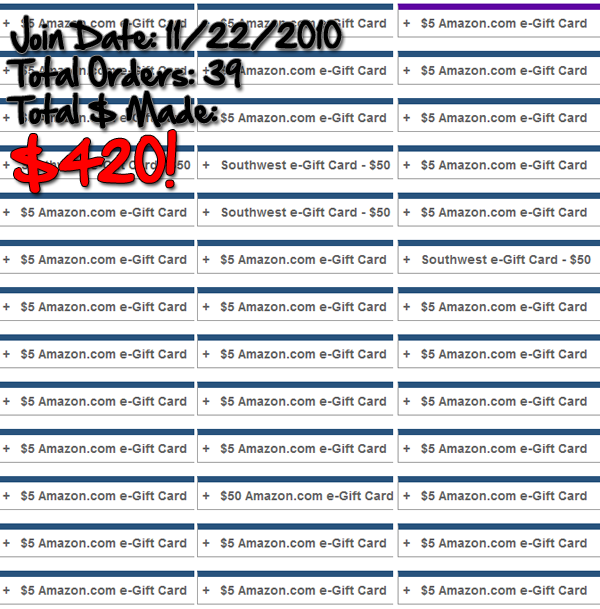If you’ve attended any kind of arts and crafts trade show, especially during the holidays, you may have already seen Pink Zebra. Or maybe you were approached by a Pink Zebra consultant and introduced to this company and its products.
Maybe at some point you even signed up to be a Pink Zebra consultant.
Regardless, I’m going to review Pink Zebra and go over the pros and cons of signing up with this company in order to work from home as one of its independent consultants.
What is Pink Zebra?
Pink Zebra is a relatively new business on the scene, having been founded in 2011. The company operates as an MLM direct sales organization, meaning that it sells through independent contractors, not employees. These contractors, who are called consultants, are compensated with commissions when they sell product and when they recruit other consultants. Because those recruited consultants eventually recruit other consultants, the original consultants at the top of this many-leveled marketing pyramid can make significantly more money from their recruits than their own individual sales.
Pink Zebra sells several lines of products focused on home décor, jewelry and personal care. One of its signature product lines is Sprinkles, which are fragranced soy wax beads used to create custom candles. The Sprinkles are sold in cylindrical jars, as shown below:
You can purchase several jars of Sprinkles and mix them together when creating a unique candle scent. Once all the mixing is done, you just add a wick and have your candle.
In addition to Sprinkles, Pink Zebra also offers scented jewelry, candle containers and shades, wax simmer pots, air freshener hangers and clips, and select bath products.
The company’s online catalog for these products is extensive. There’s even an outlet area, complete with clearance merchandise.
Other sections of the website are devoted to recruitment of independent consultants. Signing up as a consultant is heavily encouraged, and the rewards of becoming a consultant are also strongly touted.
What are Pink Zebra consultants?
Pink Zebra consultant are contractors who sign up with the company to sell its products via direct (person-to-person) sales. Consultants can sell Pink Zebra wares by hosting parties, by posting their products on social media platforms, or by conducting private one-on-one consults.
Consultants sign up to Pink Zebra by buying one of two starter kits. The smaller kits is $99, while the larger one is $199.
Inside these kits, the consultant gets small batches of Sprinkles products, marketing materials, invoice pads, catalogs, etc. The deluxe kit comes with the blue-gray Boho candle shade shown in the photo and Pink Zebra backpack.
Consultants are compensated at with 25%-35% commissions depending on their product sales volumes. This is a fairly good commission level given that it does not yet involve any recruitment.
However, if a consultant were to personally recruit someone else, s/he would earn quite a hefty 7% commission from that recruit’s future product sales.
Commissions continue to build as recruited consultants personally recruit other consultants.
Pink Zebra consultants earn an additional 2% on their team’s sales.
Pink Zebra also offers online training videos, monthly webinars and access to a Web-based workstation called “ZebraNET” for tracking orders, tracking your team’s progress and accessing your training tools.
Pink Zebra: As good as it sounds?
All the above-noted commissions and training materials make Pink Zebra sound like a really decent at-home business opportunity. Here’s my breakdown of the pros and cons of this business.
The good:
Good quality products– The soy candle Sprinkles and other products offered through this company appear to be of good quality. One of the company’s videos even goes over how eco-friendly and safe the products are for everyday use. The candle shades and holders offer some quirky yet applicable designs for home use to “out-in-the-sticks” cabin use.
Higher than average commissions– Pink Zebra states that its commissions are higher than those of its competitors, and it’s right. This is also one of the benefits of working with a relatively young MLM company. As you can see, no one has even advanced to the level of Presidential Director (as of 2015):
The not-so-good:
Low earnings– To its credit, Pink Zebra discloses the 2015 numbers for average consultant earnings in the above graphic. Unfortunately, this graphic also shows just how little money the average beginner consultant earns. Even managers, who have two downlines, don’t earn much more than $6K/year.
This hints that each consultant may only have recruited one additional consultant under him/her. As a result, the Pink Zebra marketing pyramid may be extremely thin.
Parties, parties and more parties– Pink Zebra is strongly based on a home party model. While it is mentioned that you can sell online or through fundraisers, the company emphasizes how much more money you’ll earn through parties.
The problem with having two parties each week is that that entails a lot of work. House cleaning, prepping food/drinks, inviting guests, post-party cleanup…there’s a big reason why people don’t want to host parties at their house. Even during those obligatory house party holidays like Easter or Christmas.
In the above graphic, Pink Zebra states that, somehow, having eight parties each month will take only 25 total hours or about 3 hours per party. Somehow, I find that hard to believe. Food prep alone takes a few hours. For a Pink Zebra party, I would also need time to prepare product samples, lay out ordering forms, process orders, etc.
Also, after hosting one or two house parties, who would be left to invite (again)?
eBay is booked– I did a quick search on Pink Zebra products for sale on eBay. To my surprise, I located over 70,000 listings. In some cases, the products being listed on eBay were going at far below their retail value on the Pink Zebra website. This tells me that some consultants are dropping out of the program- and creating a sales hole for other active consultants who still wish to sell their products at full price.
Buy Pink Zebra products, not the business
Pink Zebra offers quirky, unique and good quality products. However, its business model may not be as lucrative as advertised. Also, for the work you’ll be required to put in to make that $1,120/month in profit, you’re better off starting a different online business instead. Finally, even $1,120/month does not make for a full-time wage, so you’ll be keeping your regular job.
Have you experienced Pink Zebra as a customer or a sales rep? Let us know how it went in the comments below.
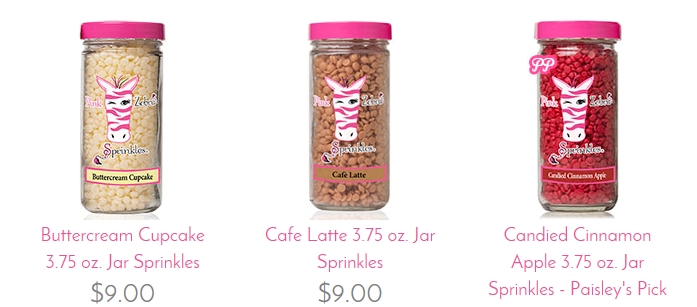

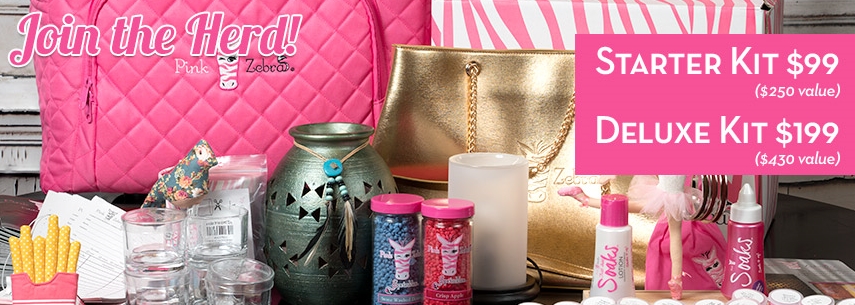


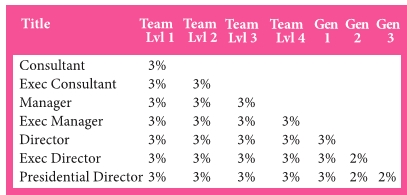
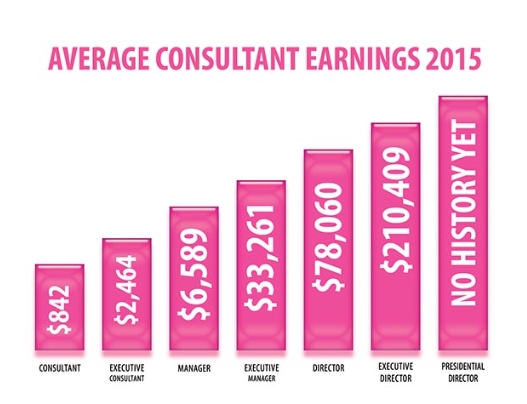
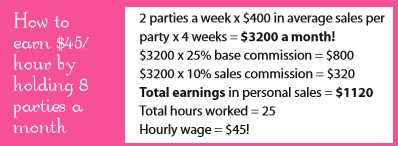
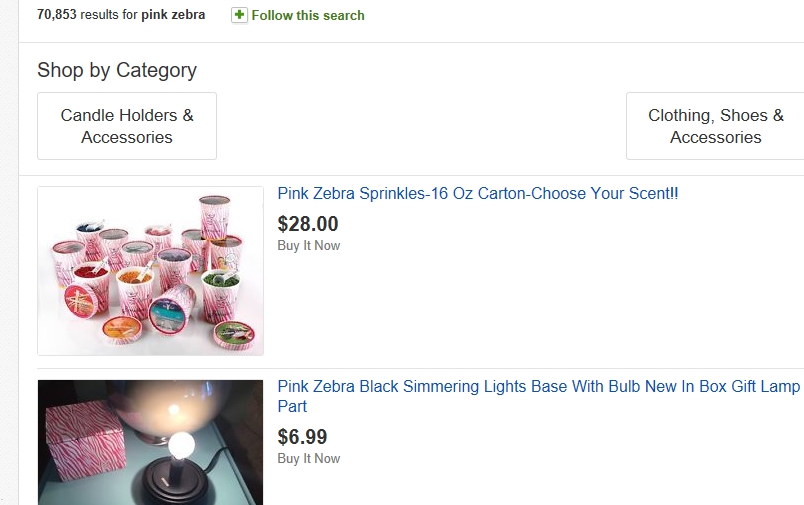
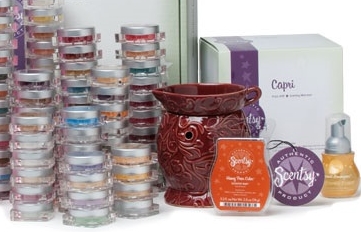
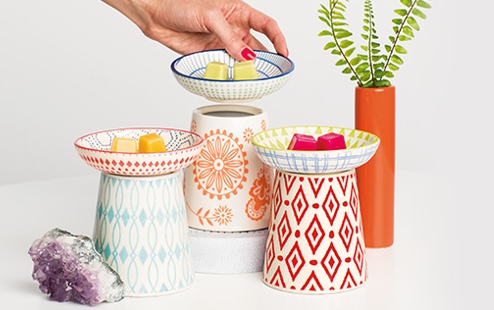
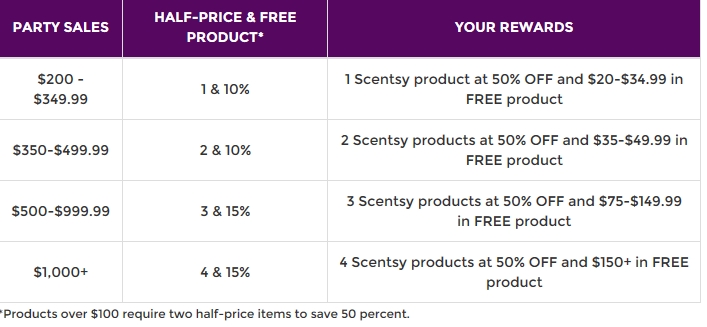
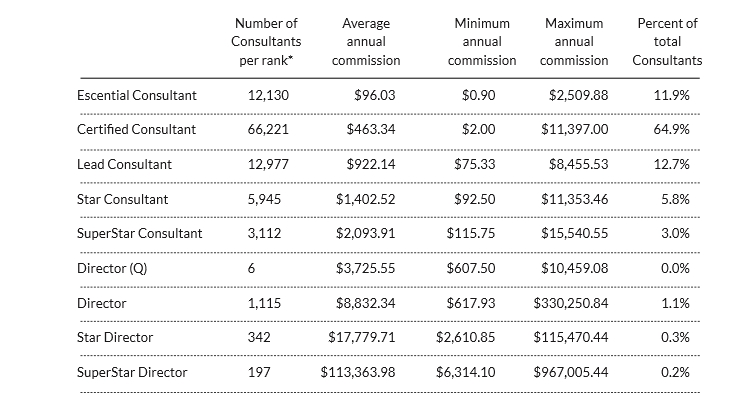
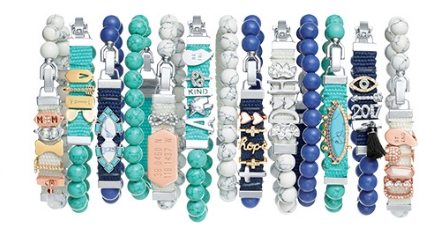

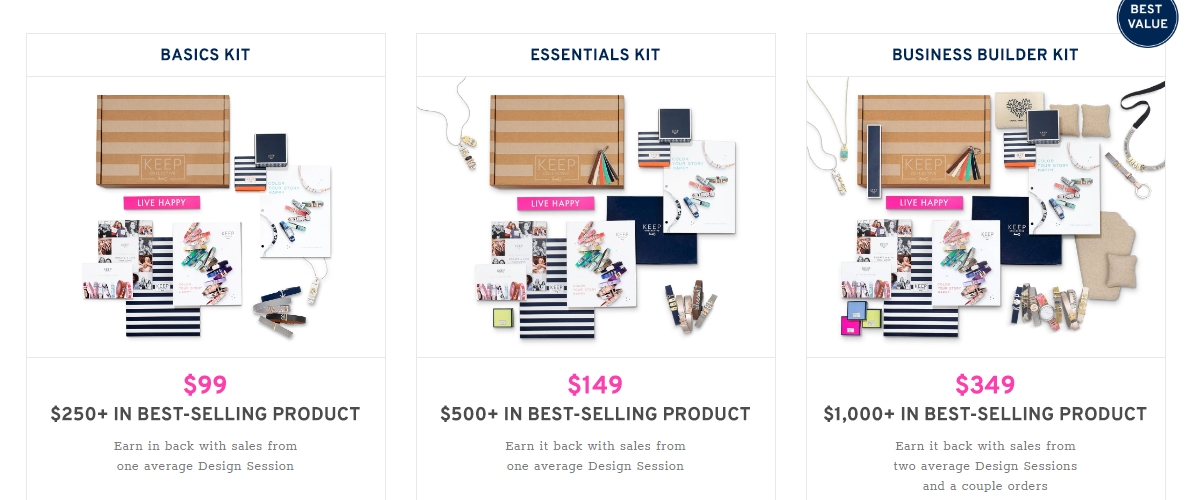
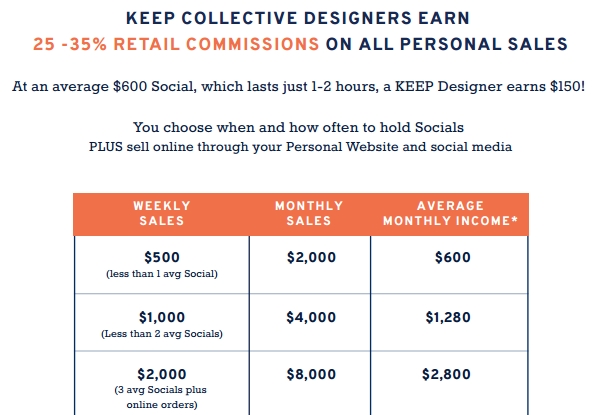
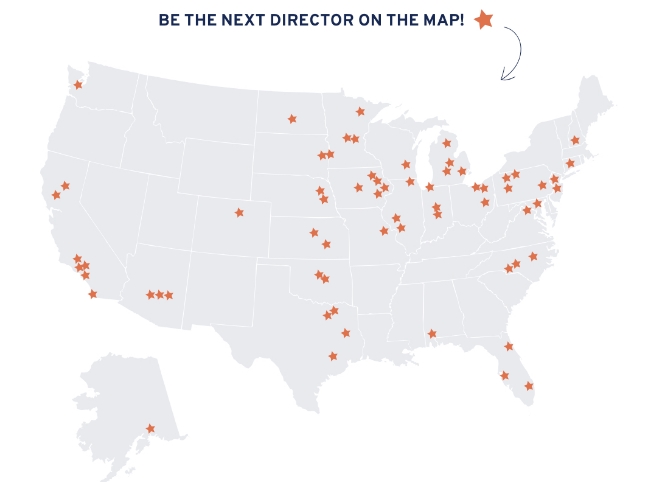
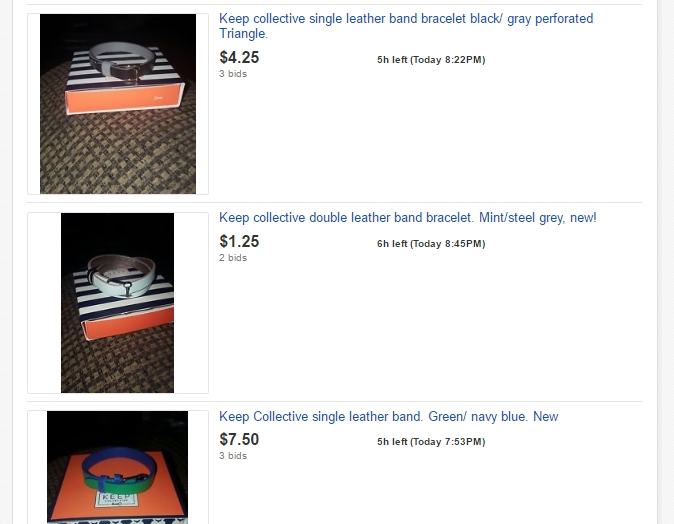
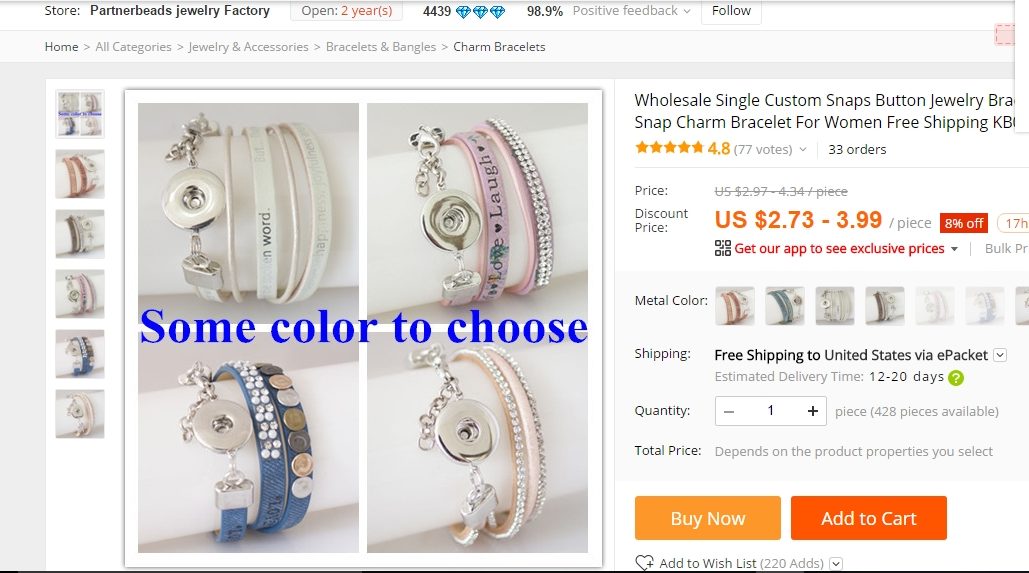
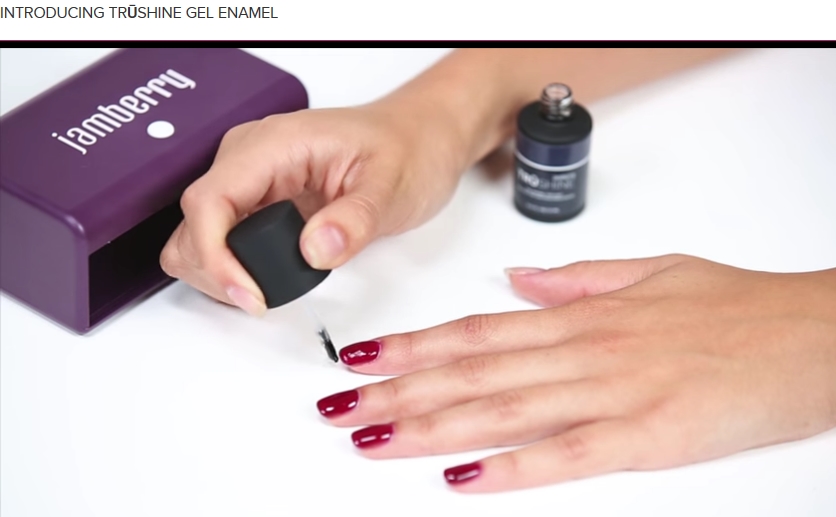
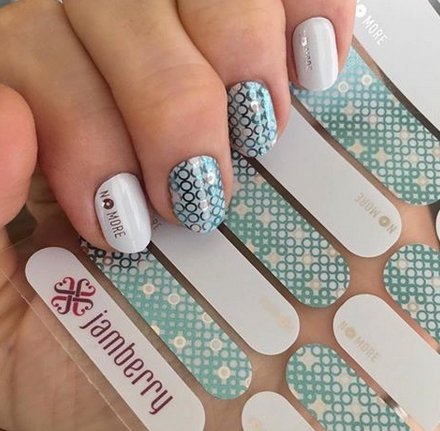
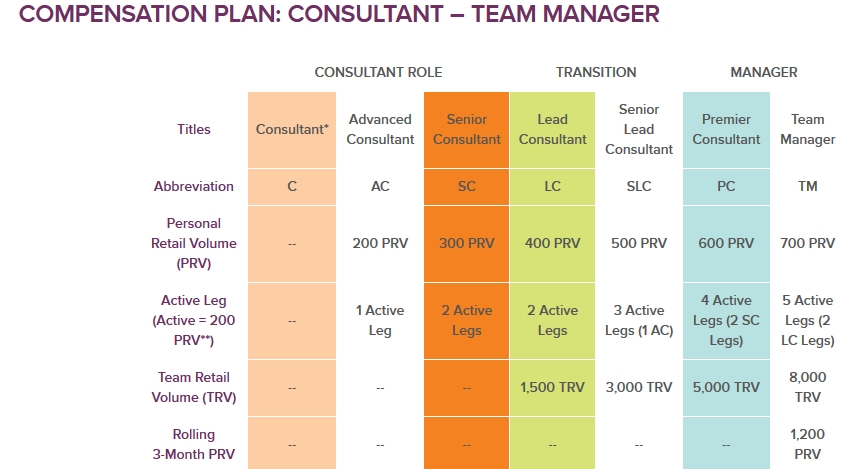
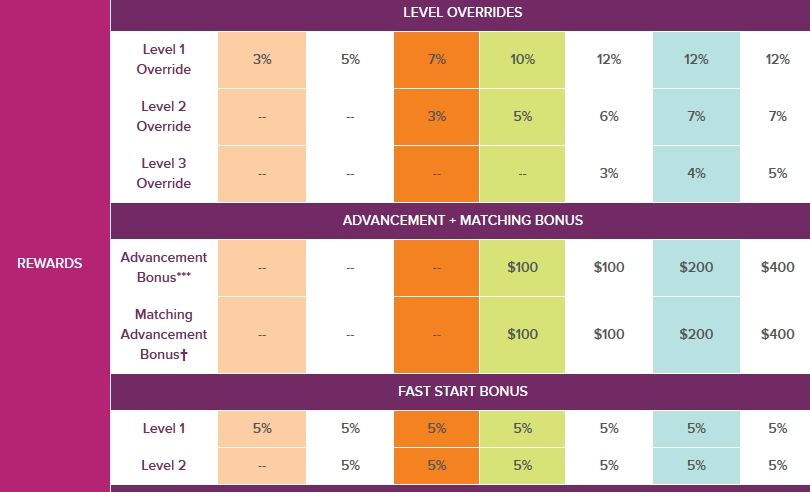



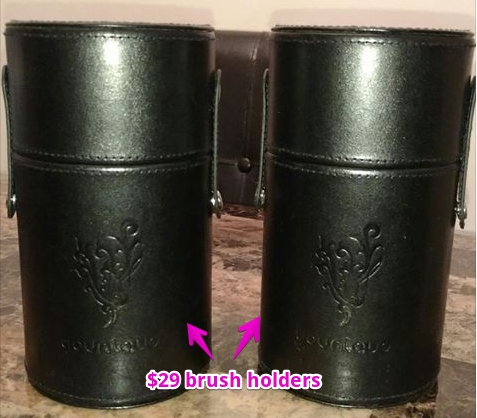
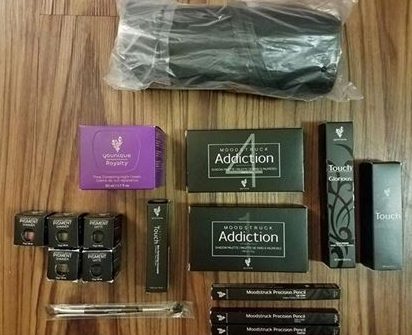
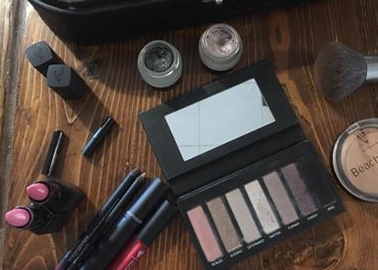


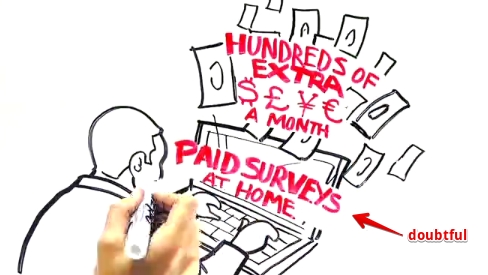
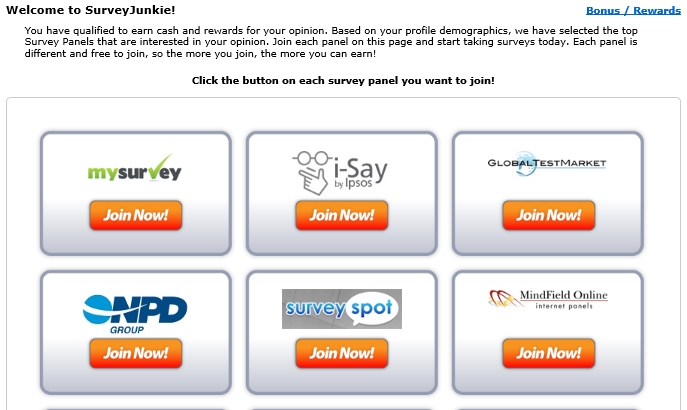
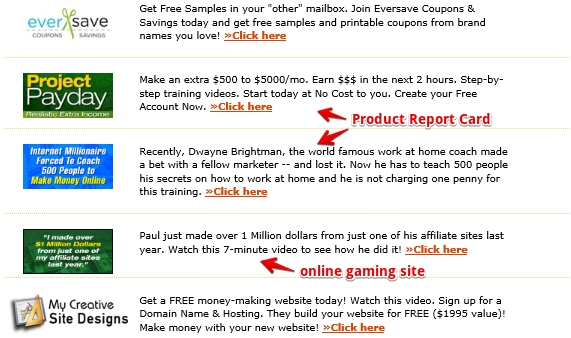
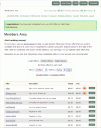 I like cashcrate better than Fusion Cash just because it is less obnoxious in its promotional graphics and text and because the site is faster loading. You go to the members area and can choose from offers using simple text, not full-on logos like Fusion Cash uses. The screen shot shows only the first nine of many, many offers. The site also warns you which offers require a credit card to sign up for, a nice feature.
I like cashcrate better than Fusion Cash just because it is less obnoxious in its promotional graphics and text and because the site is faster loading. You go to the members area and can choose from offers using simple text, not full-on logos like Fusion Cash uses. The screen shot shows only the first nine of many, many offers. The site also warns you which offers require a credit card to sign up for, a nice feature.
